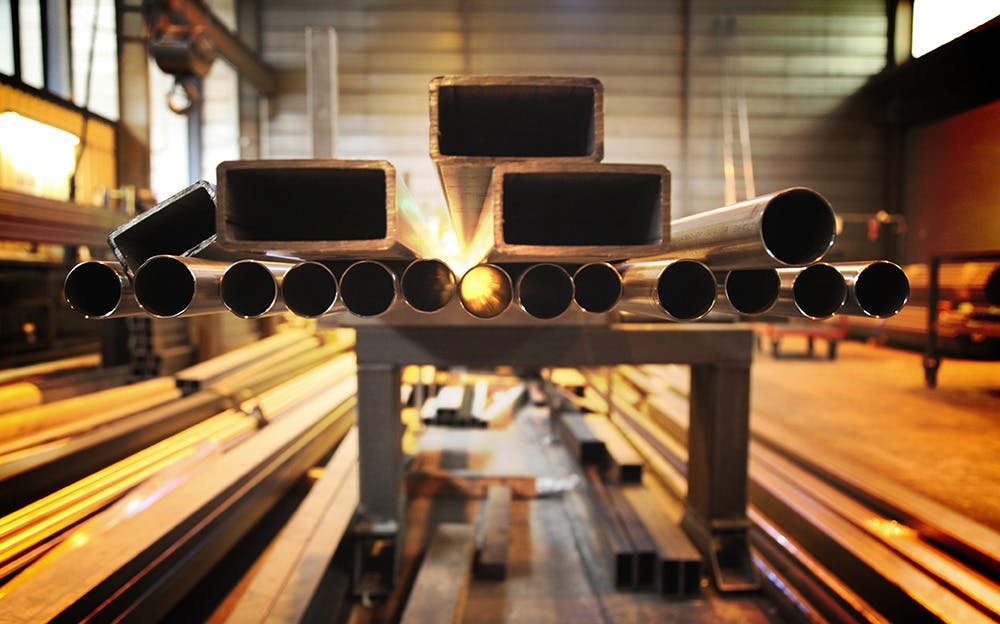Image Description: Welded Stainless Tubing
It's easy to understand why most people struggle when differentiating between stainless tubing and stainless pipes. After all, both of these items look very similar. However, it is important to recognize the difference between them as their use cases are different. Choosing the incorrect item for your application may have drastic consequences and may even drive up the cost of your projects. Here are some key differences between the two.
Measurement and Ordering
Stainless tubing is generally used for applications where structural support is required. This can include roll cages in cars, making monkey bars for your playground, or fabricating the support structure of a rig for hoisting. These applications require precise dimensions for the outer diameter (OD) of the tubing so that each part of the fabricated structure fits correctly. The wall thickness (WT) depends on the strength of the structure required so it doesn't bend or break when forces are exerted upon it.
On the other hand, piping is required to carry fluids throughout a process, such as those in chemical and petroleum processing plants. Here the internal diameter (ID) is more important as it specifies the fluid carrying capacity of the vessel and the flow rate, crucial to pipe sizing calculations for projects. The OD for pipes comes in standard sizes called the nominal pipe size (NPS). Additionally, the wall thickness is specified by the schedule of the pipe, important for determining the pressure rating of the pipe. The outer diameter and wall thickness enable you to calculate the internal diameter and order appropriately sized pipes with a certain strength.
Shapes and Size
Due to fluid exerting equal pressure on the walls of their vessel; any other shape other than circular would not be suitable for piping. In contrast, tubes can be manufactured to have different cross-sectional shapes other than a circle, like rectangular or ovular.
Additionally, stainless pipes can approach 80 inches in diameter, while stainless tubing only comes close to 5 inches.
Manufacturing
Since the OD of stainless pipes doesn't matter as much as their ID, they don't require laborious processes to make sure their outer appearance is perfect. On the other hand, stainless tubing has to undergo strict tolerance checks to make sure it fulfills strict guidelines for strength, shape, and appearance. These additional processes make stainless tubing more costly as compared to a stainless pipe of the same weight. It is for the same reason stainless piping can be mass-produced and delivered to customers easily.
Materials
Depending on the application, stainless tubing is most commonly used in structures requiring durability, aesthetics, or corrosion resistance. Hence, it needs to be made out of alloy steels that exhibit these characteristics, like 304 and 316, or variants within these grades. On the other hand, stainless pipes are most commonly used in the medical and food industry, where sanitary concerns are the utmost priority. Hence, a wider range of alloys in the 300 series can be used, depending on the pH, mass flow rate, and reactivity of the material they carry.
